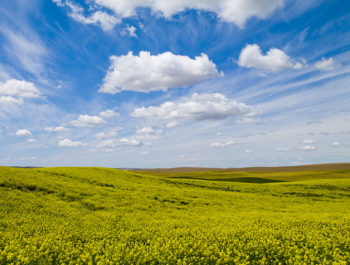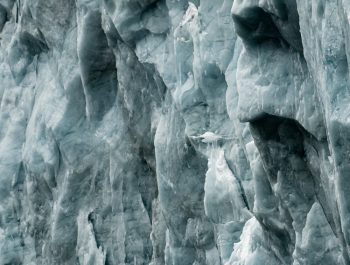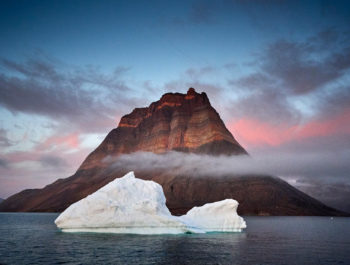Greenland Iceberg – Behind The Shot
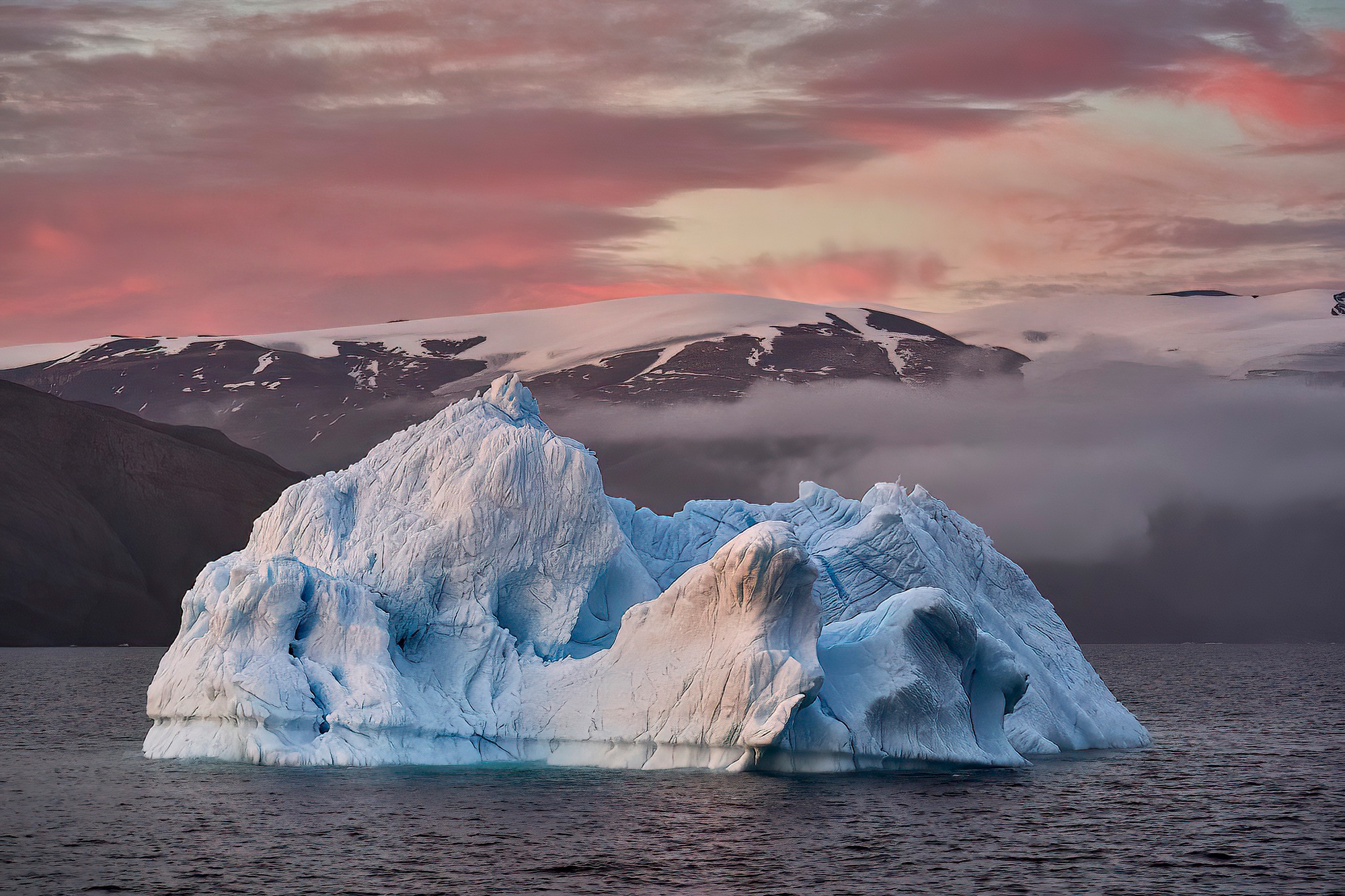
For many photographers, landscape photography is all about taking a hike, finding a scene, deciding on the composition of the scene, and being patient for the right light to happen. The shot is made and, in many cases, the photographer has the shot. Sometimes, though, especially with Polar location photography, that it is not the case. The simple truth is if you wait too long you miss the shot.
In the Polar regions, the photos come at you quickly and pass you by even quicker. Instead of contemplation, you must photograph with anticipation. This means that you need to be ready and have your camera ready to shoot at a moment’s notice.
When visiting Antarctica, Svalbard, and Greenland, you are based on a ship. The great part of this is that you are not tied to one location. The ship is moving from one location to another. And, while it is moving, you will pass many beautiful photographic opportunities. These opportunities must be anticipated. They also will have to be made while the ship is moving. There are no tripods or chances to make minor or major adjustments to your camera setting. You must be ready, you must shoot, and, as I tell my workshop attendees, contemplate faster.
The image above was made in Greenland a couple of years ago. We were traveling the fjord system of Scoresby Sound. This area is on the eastern coast of Greenland and is pretty much uninhabited. It’s one of the most beautiful regions on earth I have visited. It’s immense in scale. The mountains and cliff faces are huge. The size of icebergs are hundreds of feet in the air, and dwarf ships. There are glaciers everywhere and tons of the most picturesque icebergs you have ever seen. What I love most about this region is it is dynamic. What you photograph today will be different tomorrow. There are no real iconic locations, as each location will change the next day.
The icebergs move, flip over (turtle) and the glaciers calve. The rock formations and glaciers are constantly changing. Then let’s throw in the light.
I made this photo with a Sony a9 and 100-400mm lens at 1/640th of a second at f/8 at IOS 10,000 at dusk. I know you say 10,000 ISO is crazy. There is noise and such that needs to be dealt with. You would be right, but frankly, the noise is a lot less than I would have seen shooting Tri-X or high-speed color film back in the analog days. Plus, there are a lot of great third-party programs like Topaz DeNoise AI that do an incredible job of removing noise and their Sharpen AI is also great, and using these two in tandem will yield great results. (Future video and article coming on this).
Because I am on a ship that is moving, bouncing around, and has engine vibration the use of a tripod is out of the question. The method I use is to set my camera to manual and choose a shutter speed that will stop the motion and an f-stop that will give me the depth of field I want. Then I set the ISO to auto. I let the auto ISO do the heavy lifting. This allows me not to worry about anything other than composing the image.
The zoom lens allows me to adjust the subject and composition in the viewfinder. And, I use the continuous shooting mode to allow me to have enough images (set to in a case like this to low or medium) to choose the best shot when doing my image culling later.
Once I select the image, I can do 95% of my adjustments in Capture One. I output the image as a full-size tiff file, then make any final adjustments for noise or sharpening using Topaz Sharpen AI and DeNoise AI. The image is now saved again with a new name. This becomes my master file.
The next step is to make a print!
Greenland Video (15:55)
This video was made a few years ago when Chris Sanderson and I visited Greenland.
2023 Greenland Photo Workshop
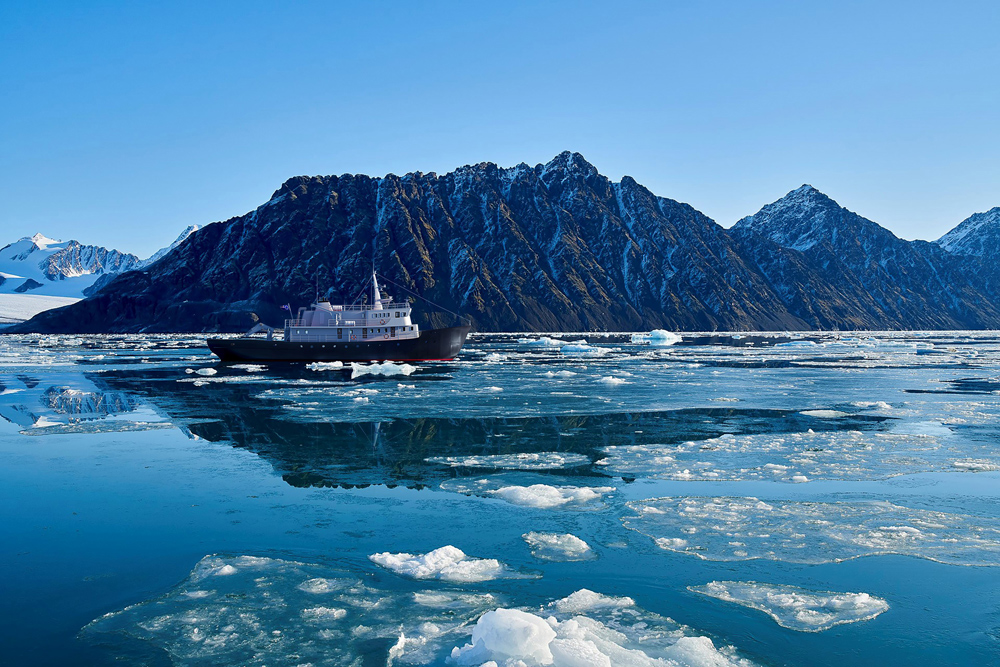
Check out the 2023 Greenland photo workshop we are doing. It will be the first time we will revisit Greenland since the pandemic. This is a journey with only 12 people aboard a small expedition ship. This trip is booking fast so if you are interested, register now. You can get all the information, pricing, and registration at Rockhopper Workshops.
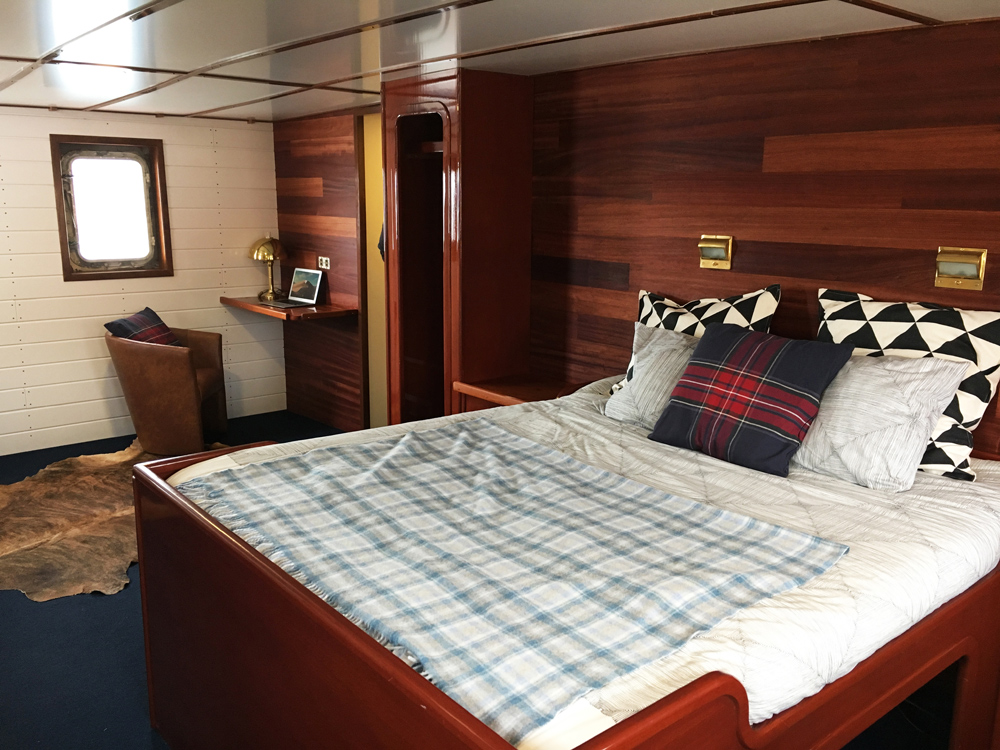
Kevin Raber
August 2022
Indianapolis, IN
Photography is my passion and has been for 50 plus years. My career in photography has allowed me to travel the world, meet some of the most interesting people on the planet and see things I could never have dreamed of. My goal is to share the passion of picture taking through photographs and teaching with as many people as I can, hoping it brings them as much joy and happiness as it has me. I do this through photoPXL.com, this site, as well as Rockhopper Workshops, and other projects, as well as teaching as Artist In Residence at the Indianapolis Art Center.






